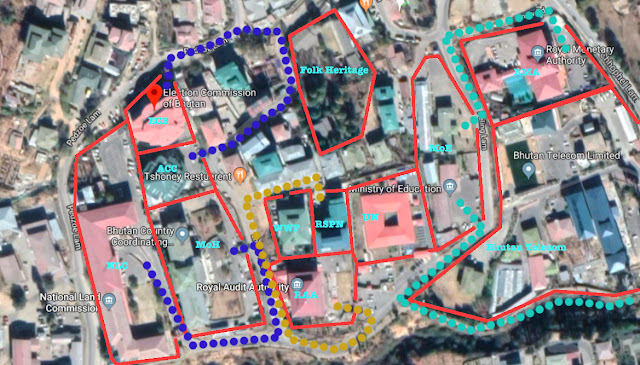Considering the conditions of school toilets during our school days in the ’90s, we have come a long way but in comparison to the outside world, we are nowhere. There are some school toilet that could infect you just by looking at their pictures, and you can imagine children using them. I personally conclude that the cleanliness of school toilet depends absolutely on the cleanliness of the school leadership.
It’s not the lack of facility but the misuse and negligence of the facility, which can be attributed to a general lack of social ethics in the culture of the school
"The Culture of any organization is shaped by the worst behavior the leader is willing to tolerate.”-Steve Gruenert and Todd WhitakerAt home, everyone knows they need to flush after using the toilet, that shoving a solid thing down the toilet would cause blockage, and that when the toilet door is falling apart one needs to nail it back or tell someone to do it, but what happens to that sense of responsibility when a child comes to school? Where does it disappear? What makes them so carefree and mindless?
 |
| Signing MoU with Ministry of Education |
This can be best explained as herd mentality, wherein we see that even a well-behaved child tends to be as mindless as the rest of the students. Basically, it’s a crowd of good youths not being good enough collectively. It usually happens among animals and turns out we are animals too. But the good news is that we can influence that herd mentality and turn things around just by influencing a small part of of the group. Five per cent to be precise. And that’s perhaps what we call the building of culture. We focus on the golden five per cent. We have hope.
However, we need better toilets to make the new beginning but looking at the condition of toilets in schools across the country, we seemed to need a lot of time and lot of money just to set the stage for a new beginning. We can neither afford that much time nor have that amount of money. Therefore, we needed a smart solution to upgrade the old toilets, in record time and at the lowest cost possible. On top of that, the toilet must be resilient enough to withstand the misuse and survive to see the rise of new toilet culture.
That’s when SATO technology came into the picture. It was the silver bullet we found. Bhutan Toilet Org partnered with UNICEF Bhutan and Ministry of Education to upgrade all old school toilet by 2020 end. From the data available from five Dzongkhag’s we have completed, we are looking at close to 3000 units of toilets at Nu.9 million. This would have cost government over Nu. 240 million if done in a conventional way.
By the end of 2020, we are expecting to get rid of all pit latrines and aqua privy toilets from the school and have equity in terms of toilet facility across all schools. That’s when we shall see the beginning of a complete shift in the herd mentality. If this goes according to the plan, then in the next five to ten years, public toilets across the country will be in perfect conditions even without caretakers.
Once school toilet is upgraded, the first great step schools can take toward building good toilet culture in school is by letting teacher share toilet with the students.
SATO technology is donated to Bhutan Toilet Org by Lixil Japan through Junior Chamber International (JCI).













































